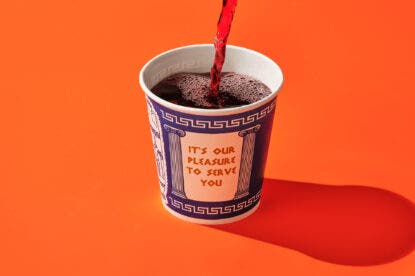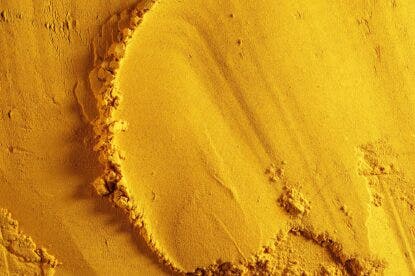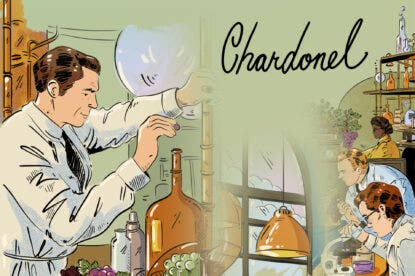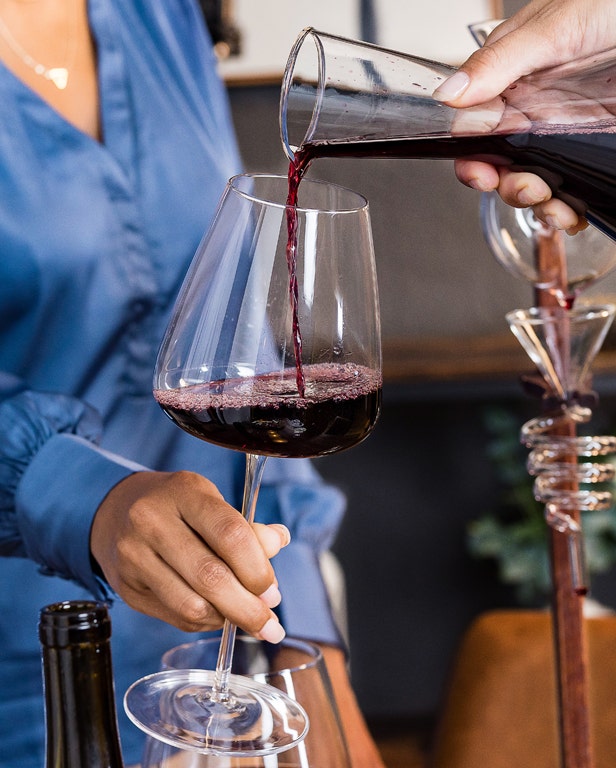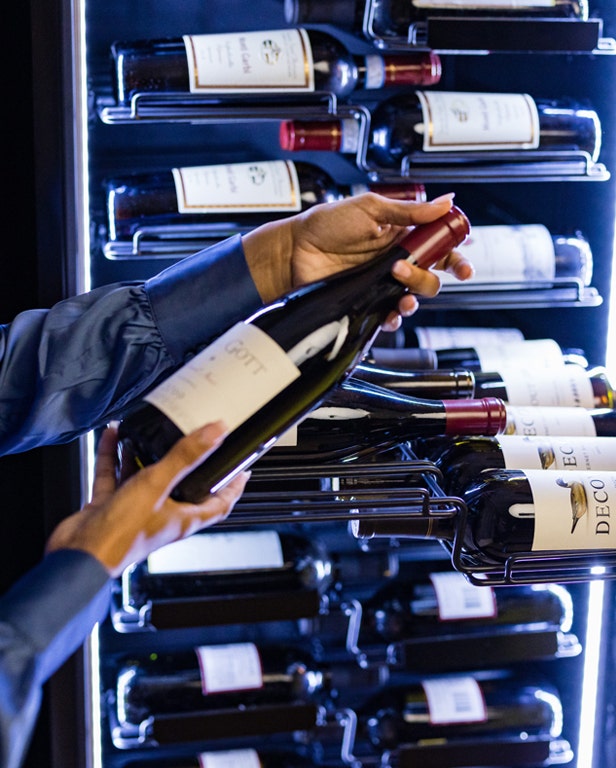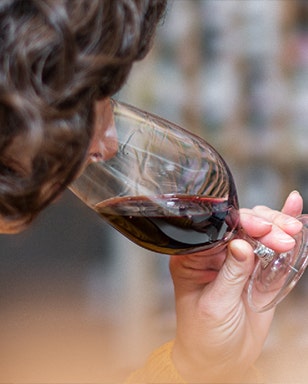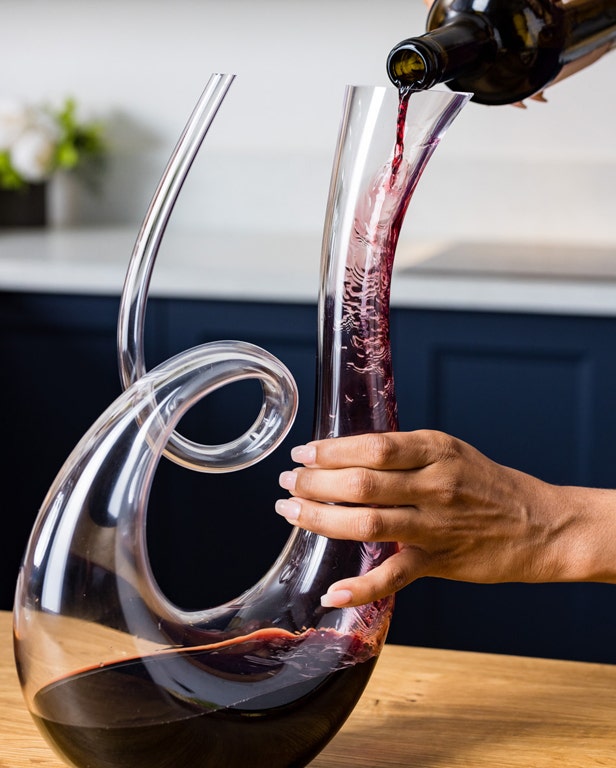Wine can be a delicate, fragile thing. Exposing a bottle to higher temperatures for an extended period of time will affect its integrity and potentially “cook” the wine. But exactly how hot is too hot? And how long is too long before your wine turns to vinegar? Let’s explore how temperature affects wine.
So, you’ve picked up a lovely bottle of Pinot Noir on an unusually warm Saturday. After you watch the kids’ soccer games and wait in a particularly long line at the grocery store, you realize that your wine has been sitting in a hot car approaching 80˚F for a good 4–5 hours. Or maybe you left a bottle out on the counter during winter while the heat was blasting. Is the wine spoiled? Did you just turn that beautiful bottle of Pinot into an expensive bottle of vinegar?
The answer is, well, possibly.
There are many factors involved in wine spoilage, and no definitive temperature will make a wine go bad. But wine is best stored between 53–57˚F when intended for aging, and temperatures can range from the mid-40s to mid-60s for service, depending on the wine.
Once you creep past 70˚F, wine falls into the danger zone, and is in peril of irreparable damage.
Be wary if it’s kept in temperatures above 75˚F for more than a few days. Above 80˚F, that wine is at risk with each passing hour.
Does that mean that a bottle left out in your 72˚F living room for a week is going to spoil? Probably not, but it may expedite the aging process, which becomes accelerated by exposing wine to higher temperatures. So, if a wine lives in an environment that’s too warm for too long, it will race through its peak right into decline, instead of developing gracefully.
In addition to temperature and time, a key factor is the wine itself. Better-made wines tend to withstand extreme temperatures and other adverse conditions better than cheap wines, while still maintaining their character. Higher fruit concentration, acids and tannins not only give wine balance and depth, but they can protect it from the elements while in the bottle.
For example, I found a 1995 Sagrantino di Montefalco at a friend’s house that he had stored in his kitchen wine rack above the refrigerator, of all places. While it showed a bit more age than it should have, the bottle was still quite enjoyable. However, I have also had more recent vintages of lighter Pinot Grigio or Sauvignon Blanc at restaurants where it was obvious that they were stored in in too warm conditions and had clearly passed their prime.
One telltale sign that high temperatures have begun to affect your wine is when the cork starts to bulge out of the bottle. On top of the molecular reaction that causes this to happen, it also means the wine has probably been exposed to additional oxygen. That will certainly affect the quality.
One telltale sign that high temperatures have begun to affect your wine is when the cork starts to bulge out of the bottle.
However, just because a bottle is a little warm doesn’t necessarily mean it has turned. If a wine is meant to age for several years and has been left out in a warm room for a few months, it may just have aged more quickly, allowing lucky wine-lovers to catch it at its peak early.
The risk of this “technique” to speed up aging is that rather than a wine’s peak drinking window lasting a year or more, it may only be at its best for a few weeks before it begins to deteriorate.
The lesson? Be careful with your storage temperatures. Wine is a living, breathing thing that evolves every day in the bottle. Be wary if it’s kept in temperatures above 75˚F for more than a few days. Above 80˚F, that wine is at risk with each passing hour.
When in doubt, you are better off putting your wine in a regular refrigerator, rather than leaving it out in the open. A refrigerator’s colder temperature will halt the aging process, but will also prevent the wine from spoiling. But you probably want to remove it after about 6 months as to not dry out the cork.
However, the best solution is a wine refrigerator or cellar made specifically to protect all that fabulous wine you hope to enjoy.
Last Updated: June 6, 2023





